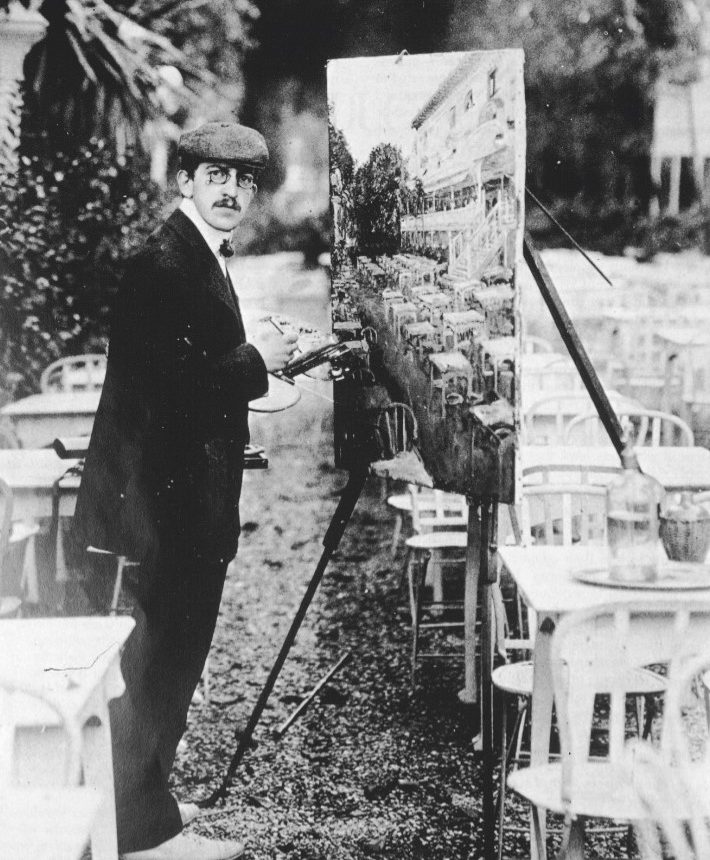Andre BLONDEL
January 2, 2019Boris BORVINE FRENKEL
January 2, 2019Walter BONDY
BUDAPEST 1880 – TOULON (FRANCE) 1940
Walter Bondy grew up in a family of industrialists in Budapest. Between 1902 and 1903, he attended academies in Vienna, Berlin, and Munich. He met Pascin at the Holosi Academy in Munich. Bondy arrived in Paris in 1903. He associated with Le Dôme’s regulars, notably Rudolf Lévy, who introduced him to the German artists living in Paris. During the following ten years, Bondy lived in Montparnasse and spent his summers in the south of France.
In 1913, he returned to Berlin and part icipated in the first exhibitions held at the Alfred Flechtheim Gallery in Dusseldorf. In 1927, in Munich , Bondy founded his art magazine Kunstauktion and started to collect art. In 1931, he fled from ant i-Semitic persecution and settled in Switzerland. During the 1930s, he visited the French Riviera, staying in Sanary-sur-Mer, and traveled to Vienna and Prague. He eventually moved to Toulon in 1937. Aft er the war broke out, Bondy, who was diabetic, managed to escape from the Camp des Milles. He died of illness in September 1940.
Stories of Jewish Artists of the School of Paris 1905-1939
FRENCH-ENGLISH
Capitale des arts, le Paris des années 1905-1939 attire les artistes du monde entier. De cette période de foisonnement, un terme est resté, celui d'Ecole de Paris, qui recouvre une grande diversité d'expression artistique. Dans ce brassage dont Montparnasse est le creuset, un groupe se distingue : celui des artistes juifs venus de Russie, de Pologne et d'Europe centrale. Si leurs styles sont variés, un destin commun les rassemble : ils fuient l'antisémitisme de leur pays d'origine. Certains ont connu la célébrité dès les années 1920, tels Soutine, Lipchitz ou Chagall. D'autres n'ont pas eu le temps ou la chance d'y accéder. Près de la moitié a péri dans les camps de concentration nazis.
From 1905 to 1939, Paris attracted artists from all over the globe as the capital of the art world. This period of artistic proliferation became known as the School of Paris, and includes a great diversity of artistic expression. Within the teeming art world centred on Montparnasse, one group set itself apart: Jewish artists from Russia, Poland, and Central Europe. Although their styles were diverse, they shared the common fate of fleeing anti-Semitic persecutions in their home countries. Some became famous in the 1920s, such as Soutine, Lipchitz, and Chagall, while others did not have the time or the luck to gain renown. Nearly half of these artists died in Nazi concentration camps.





